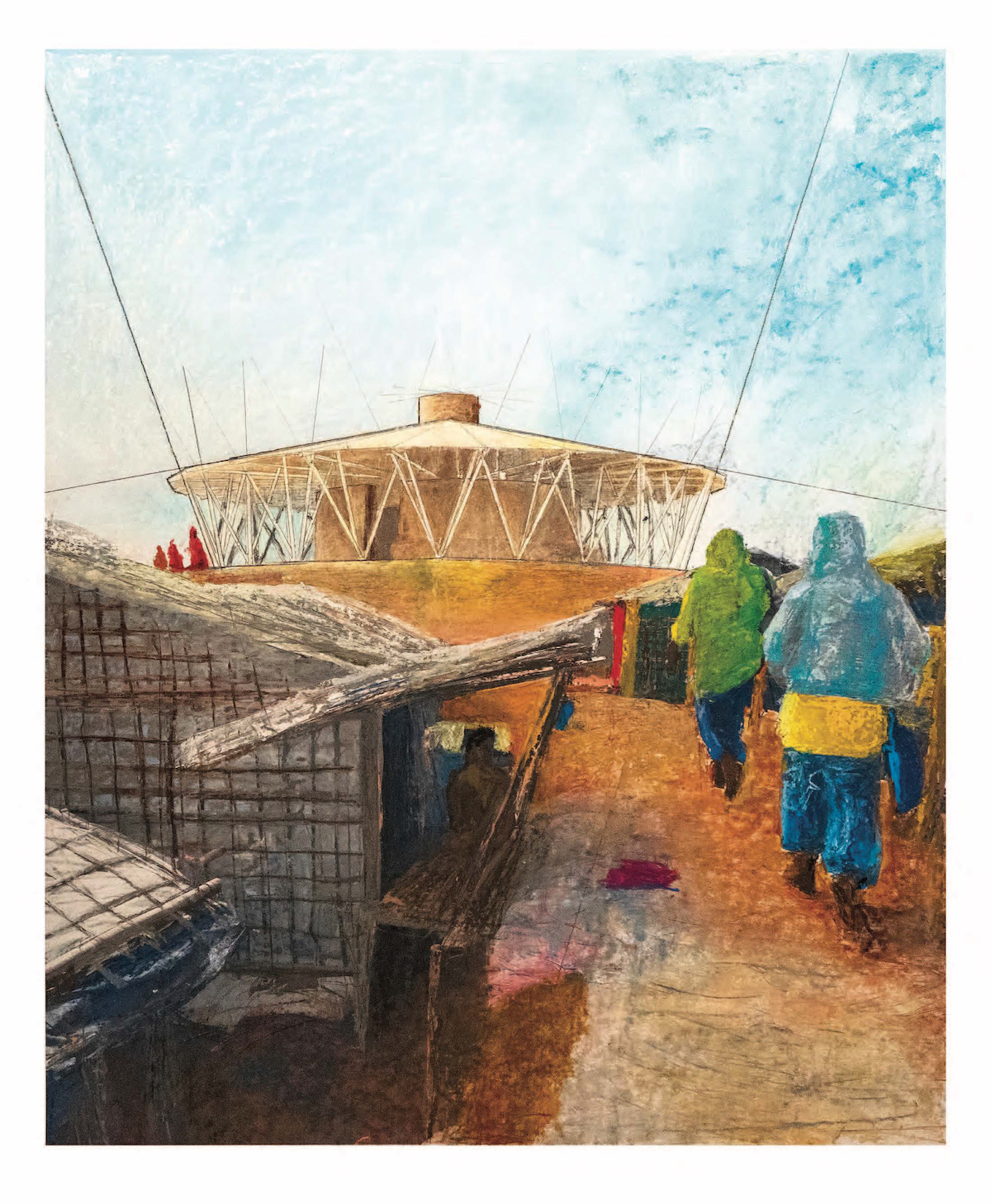Architecture as a Tool to Improve Lives: Development of a Day Care Centre for Rohingya Children
For decades, construction in the context of international aid has predominantly followed a specific pattern: foreign organizations erect their structures, made of industrialized and imported materials, in the midst of vernacular buildings. Development projects do not typically incorporate endogenous potentials or valuable local building traditions. Yet since these initiatives originate from wealthy and powerful parts of the world, the imported materials become status symbols: strength and stability, power, education, prosperity.
This studio aims to develop an alternative. Building with natural materials maximizes the potentials of freely available resources and creates employment opportunities. As a result, investments in the built environment generate returns in both environmental and social capital.
This is what we call architecture for development.
Acting as a new paradigm for community-oriented development, this studio aims to construct a Day Care Center that also serves as a cyclone shelter.
Our site is in one of the most vulnerable settlements: a Rohingya camp in Bangladesh. This cyclone and flood-prone area currently houses almost 1 million refugees. Our clients are children, who have been exposed to a multitude of traumatic experiences. When design is so often perceived as an edification of everyday life, what does this mean in that context?
Our challenge is to evoke the archaic experience of human building and to capture a phenomenological diversity from the few resources available: mud, bamboo and craftsmen from the camp. The aim is to design a functional, beautiful building and also to design the process of construction. With a sensitive choice of materials, technical details, and participatory processes, the building should foster local economy, create know-how to improve living conditions in the camp and support a bottom-up form of capacity development for and with communities.
We will develop the final program together, based on in-depth engagement with the Rohingya. We anticipate a structure with close connection between the indoors and outdoors, focused around spaces for playing and learning, a kitchen, systems for water and sanitation, and emergency spaces for cyclone conditions.
A field trip to a Rohingya camp in Bangladesh will include a hand-on workshop on building with local materials. Martin Rauch, renowned earth building expert, will co-teach this workshop.
This course has an irregular meeting schedule.
Anna Heringer will be in residence August 30 and 31, September 5 and 6, October 10, 11, 24, and 25, November 7, 8, 14, 15, 28, and 29, and December 10, 11, or 12 for Final Reviews.
The instructor will also be available via Skype to account for “off-week” missed time.
Shaowen Zhang, Teaching Associate, will be i
Projects
-

Living is Form
Anna Heringer, Instructor
Fall 2018